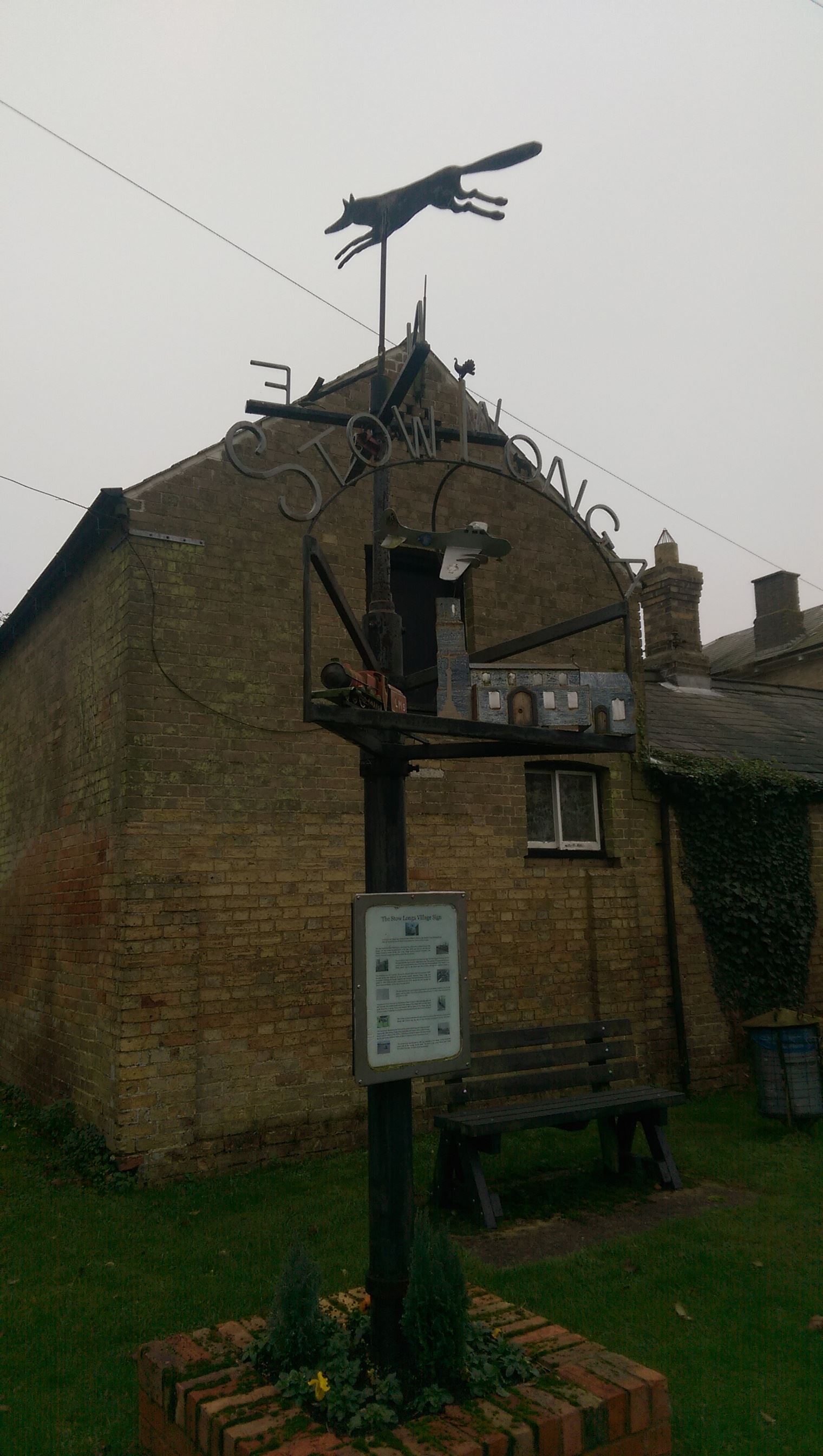
About Village Sign Caches
|
 ⠀ ⠀ |
This cache belongs to the Village Sign Series, a series of caches based on ornate signs that depict the heritage, history and culture of the villages that put them up (generally on the village green!).
The signs can be made of different materials from fibreglass to wood, from forged steel to stone. They can depict anything from local industry to historical events. The tradition probably started in Norfolk or Suffolk and has now spread across most of the country so we thought we would base a series on them!
|
More information, bookmarks and statistics can be found at the Village Signs Website
If anybody would like to expand the Village Sign Series, please do.
I would ask that you request a number for your cache first at www.villagesignseries.co.uk
so we can keep track of the Village Sign numbers and names to avoid duplication.
Stow Longa – in Huntingdonshire (now part of Cambridgeshire), England – is a village near Tilbrook west of Huntingdon and two miles north of Kimbolton. Stow Longa's original name was Stow or Long Stow, which comes from the Old English word stōw (meaning 'holy place') and the Latin word longa or Old English lang (meaning 'long'). Altogether, Stow Longa's name may mean 'the long holy place' or 'an extended settlement which is a holy place', though this is only a rough guess.
Stow was also thought to have been the name of the pre-Conquest estate, which, in the medieval period, was split between two parishes: one, Over Stow or Upper Stow, the western part, which belonged to the Kimbolton parish, and the other, Estou (also Nether Stow or Long Stow), the eastern part, which was part of the soke of Spaldwick.
Mistakenly described as a hamlet, it has the suitable number of houses and businesses to make it a village. Stow Longa is a village that is, at the current time, void of any street lamps, village shops, a school, a pub, and drains. However, Stow Longa does possess several thatched cottages, a village room, a blocked-up well (on the village green), a stone cross and mature elm trees that survived the Dutch Elm disease crisis.
According to a locally-published collection of short stories the reason why the pubs that were in Stow Longa were closed down in the 1950s was because, "returning drovers used it to give a bad name to a few otherwise nameless women."
Before it was transferred to the Spaldwick parish in AD 991, the Stow estate had belonged to Brithnoth, Ealdorman of Essex, who died at the Battle of Maldon in AD 991. Brithnoth left his two estates, Spaldwick and Somersham, to the Abbot of Ely.
The cache is near the village sign, but not on it. Please do not go climbing all over the sign!
A nano
p>